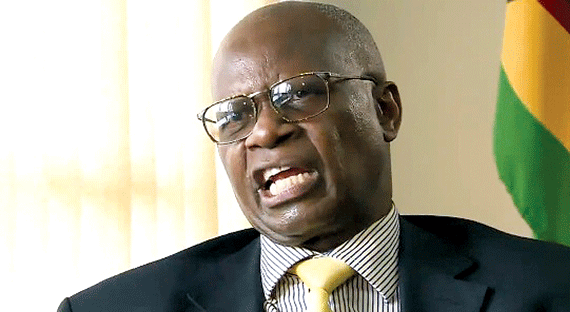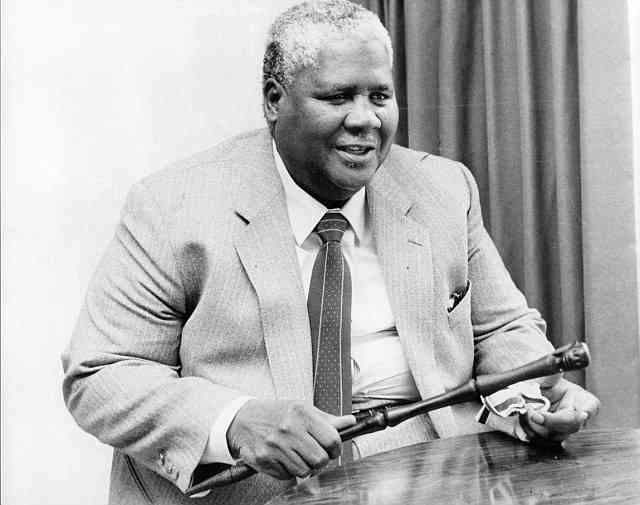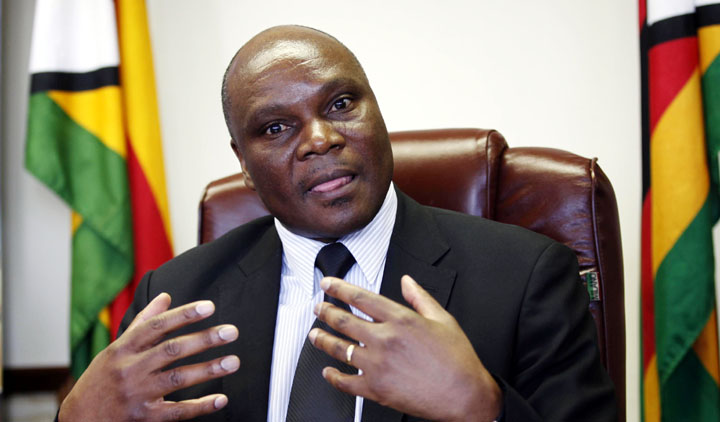
BULAWAYO-based policy analyst Butler Tambo has expressed doubts that the government and private sector can revive industry and create employment as envisaged in the ZimAsset economic blueprint. SILAS NKALA STAFF REPORTER
Tambo said the increase in capacity utilisation in local industry was far from being realised considering industrial capacity utilisation experienced a free fall in 2014.
“A gross domestic product (GDP) growth of 3,2% is near impossible and I believe the country can only do between 1,5% to 2%, especially considering that industrial capacity utilisation has been in free fall from 57% in 2011 to 44% in 2012, 39% in 2013 and 36% in 2014,” Tambo said.
“We have already failed as a country to reach our own targets of GDP growth that we enunciated under ZimAsset because the blueprint had said the economy will grow by 6,1% in 2013, but we only managed 3,1%.”

He said ZimAsset state that from 2015 onwards, the economy would be growing at an average of 7,3%, but the above figures disputed the ZimAsset assumptions as fictitious.
“Because industry is not performing well as seen by these figures, it then boggles the mind how the economy will grow by 3,2% in 2015. Industry is poorly performing because of such things as a tight liquidity crunch which have made borrowing near impossible as interest rates for those who can access loans are prohibitive and short term, therefore rendering Zimbabwean made products uncompetitive in regional markets. This also affects the levels of exports that the country can do as our products become too expensive,” he said.
He pointed out that antiquated equipment in industry made locally-made goods inferior quality compared to regional products as retooling was last done during the Unilateral Declaration of Independence era.
“As a result, industry in Zimbabwe operates perpetually on a survival mode making do with obsolete technology and sometimes trying very hard to innovate around that obsolete technology,” he said.
- Chamisa under fire over US$120K donation
- Mavhunga puts DeMbare into Chibuku quarterfinals
- Pension funds bet on Cabora Bassa oilfields
- Councils defy govt fire tender directive
Keep Reading
The impact of power shortages is a deciding factor as the country currently produces 1 237 megawatts (MW) of electricity against a peak demand of 2 200MW, thereby leaving a deficit of 44% that has to be imported.
He said foreign currency shortages and the liquidity crunch further worsened the power crisis making industrial capacitation near impossible.
“Countries that are working on industrial expansion programmes typically increase their power generating capacity at the rate of at least one additional power generating plant every five years.”
Tambo said alternative sources of power were the only solution to Zimbabwe’s industrial revival.
“The resources for production of electricity, except for financial capital, exist in abundance as part of Zimbabwe’s natural environment.
Zimbabwe has the largest discovered coal reserves in Africa, after South Africa. Vast deposits lie in the Zambezi basin and the Limpopo-Save-Runde basins. Therefore, the country has limitless supplies of coal for the installation of thermal power stations.
“The Zambezi River has potential to yield almost double the hydro-electricity that the country is presently generating at Kariba.”
He said investment in power generation should be encouraged to guarantee unlimited power supplies to industry and inspire confidence in potential investors.
Power should be reasonably priced and this could be done by tightening energy regulations in electricity and other forms of power such as coal -bed methane which the country has in abundance in Matabeleland North. Tambo said this form of energy could power the nation for 5 000 years.
He said the country should halt imports of goods like chickens as this killed local agriculture.
“For instance, the import bill from January to June 2014 was $2,9 billion with the retail sector importing $400 million.
“Imagine what Bulawayo Industries will be like if they had gotten an injection of $400 million that we exported to other countries, and created jobs.”
Tambo said Zimbabwe should start exporting more as a country. Exports totaled $2,4 billion against imports of $5,3 billion leading to a trade deficit of $2,9 billion for the period up to October 2014.
“We have to save more as a nation if we are to succeed and export more in order to create more employment,” Tambo said.
In his 2015 national budget, Finance minister Patrick Chinamasa indicated that more than 4 610 companies had shut shop between 2011 and 2014 rendering more than 55 400 people jobless.
Chinamasa said $3,32 billion of the $4,118 billion budget was being channelled towards employment costs such as salaries and pensions, leaving only $798 million for operations, debt servicing and capital projects.










